News
Cedrela sinensis seeds
Toon sinensis, a perennial woody plant in the neem family. Deciduous tree, up to 25 m tall, with shallow longitudinally cleft, flaky bark. Even pinnately compound leaves, 30-50 cm long; Leaflets 16-20, ovate-lanceolate or ovate-oblong, 9-15 cm long, 2.5-4 cm wide, apex caudal apical, base one side rounded, one side cuneate, entire margin or sparsely serrulate, both sides glabrous, often pink green below, lateral veins 18-24 pairs; The petiole is 0.5-1 cm long. Cyme sparsely rusty-puberulent or subglabrous; Calyx 5-toothed or shallowly undulate, puberulent; Petals 5, white, oblong, 4-5 mm long; Stamens 10,5 fertile, 5 degenerate; Disk glabrous, submoniliform. Capsule narrow oval, 2-3.5 cm long, dark brown, with pale skin pores; The upper end of the seed has long membranous wings.
Tender buds and leaves are aromatic and delicious for vegetables; Wood yellow brown with red ring, beautiful texture, hard, shiny, strong corrosion resistance, easy construction, furniture, interior decoration and shipbuilding excellent wood; The root bark and fruit have the effect of astringent, hemostasis, dampness and pain relief.
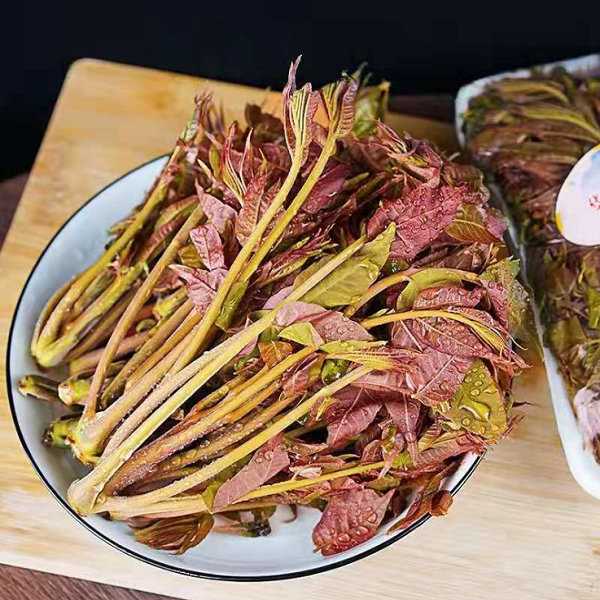
Morphological characteristics
Tall trees; The bark is rough, dark brown, flaky and flaky. Leaves long-petiolate, even-pinnate compound, 30-50 cm or more long; Leaflets 16-20, opposite or alternate, papery, ovate-lanceolate or ovate-oblong-elliptic, 9-15 cm long, 2.5-4 cm wide, apex caudal, base rounded on one side, cuneate on the other side, asymmetric, edge whole or serrulate slightly separated, both sides glabrous, unspotted, abaxially often pinkish-green, lateral veins 18-24 on each side, spreading, Open at right angles to the midvein, slightly raised back; The petiole is 5-10 mm long.
Panicles equal to or longer than leaves, sparsely rusty-colored pubescent or sometimes subglabrous, cymes borne on short sprigs, floriferous; Flowers 4-5 mm long, short peduncle; Calyx 5-toothed or lightly undulate, outside puberulent, with eyelashes; Petals 5, white, oblong, apex blunt, 4-5 mm long, 2-3 mm wide, glabrous; Stamen 10, 5 fertile, 5 degenerate; Disk glabrous, submoniliform; Ovary conical, 5 finely furrowed, glabrous, 8 ovule per chamber, style longer than ovary, stigma dished.
Capsule narrowly oval, 2-3.5 cm long, dark brown, with small pale apertures, thin petal; The seed base is usually blunt, with long membranous wings on the upper end and no wings on the lower end. The flowering period is from June to August and the fruit period is from October to December.
Distribution range
Native to central and southern China. It is cultivated from the south of Liaoning in the northeast to Gansu in the west, from the south of Inner Mongolia in the north, to Guangdong and Guangxi in the south, and to
Yunnan in the southwest. Among them, Shandong, Henan and Hebei are the most cultivated. There is a large area of plantation forest in Xinyang area of Henan province. It is naturally distributed in Qinling Mountains
of Shaanxi Province and Xiaolong Mountains of Gansu Province. It is also distributed abroad in Korea and other places.
Living environment
Toon sinensis is mainly distributed in subtropical to warm temperate areas, producing in North China, East China, central, south and southwest provinces and regions; Born in mountainous forest or sparse forest, it is
also widely cultivated.
Growth habit
Toon sinensis is a positive tree species, and sufficient light can increase dry matter accumulation, obtain higher yield, and also benefit
To improve the quality and flavor of toon sprouts. Toon sinensis is a calcium-loving plant that grows rapidly in loose, deep, fertile clay loam and loam soil, and can grow well in the PH range of 5.6~8.6. When the water
table is about 248 cm, the root system is developed, and when the water table is about 138 cm, the vertical root system is short and thin, and the lateral root is relatively developed. The groundwater level is between 78
and 98 cm, the plant growth is poor, and the root rot is easy to occur.
Mode of reproduction
Seeding and propagation
1. Seed selection and sowing
Select the new seeds of the year, the seeds should be full, the color is fresh, red and yellow, the seed kernel is yellow and white, the clarity is above 98%, and the germination rate is above 40%. In order to emerge neatly, it is
necessary to promote the germination treatment. Soak the seeds in 40℃ warm water for about 5 minutes, stir continuously, and then soak them in 20℃ ~ 30℃ water for 24 hours, after the seeds absorb enough water; Remove
the seeds, control excess water, put them on a clean reed mat, spread them 3cm thick, then cover them with a clean cloth, and put them in an environment of 20℃ ~ 25℃ to moisten and promote germination. During the
budding period, turn the seeds 1 to 2 times a day, and wash them 2 to 3 times with water at about 25℃ to control excess water. When 30% of the seeds are budding, they can be sown. Select the sandy soil with flat terrain,
sufficient light, good drainage and fertile soil as nursery land, combined with soil preparation and fertilization, spread evenly, and turn through. Furrow 30 cm in 1 meter wide border, 5 ~ 6 cm wide, 5 cm deep, will promote
good budding seeds evenly planted, covering 2 cm thick soil.
2. Seedling management
Seedlings emerge about 7 days after seeding, and strictly control watering before seedling emergence to prevent soil compaction from affecting seedling emergence. When 4 to 6 true leaves emerge from the seedling, the
seedling should be thinned and fixed. Water the plants before setting, and set the plants 20 cm apart. When the height of the plant is about 50 cm, the seedlings are dwarfed. With 15% polybulobuzole 200 to 400 times liquid,
spray once every 10 to 15 days, even spray 2 to 3 times, you can control the barren growth, promote seedling dwarfing, increase material accumulation. The number of branches can be increased by core-extraction combined
with polyplobulozole treatment.
3. Branch propagation
Adult root seedlings can be dug up in early spring and planted on the seedling field, and when the seedlings grow to about 2 meters in the next year, they are replanted. Can also use the root tillering method, in late winter and
early spring, dig a 60cm deep circular ditch around the tree, cut off part of the side roots, and then fill the ditch, because the toon root is easy to grow adventitious roots, so the root tip germination of new seedlings, the next year
can be transplanted. Spraying new lipid film after transplanting can effectively prevent the ground water from evaporating, the water of the seedling body from evaporating, isolate diseases and pests, and shorten the slow seedling period.
After the seedlings are grown, they are all planted before germination in early spring. Large pieces of the Chinese toon forest, the line plant distance of 7x5 meters. Planted in the river, after the house, are a single line, the plant distance
of about 5 meters. After planting, water 2-3 times to improve the survival rate.
If you have demands of this seeds, please contact us freely.
Categories
Contact Us
- +86-18055849900
- +86-18055849900
- admin@high-key.cn
- +86-18055849900
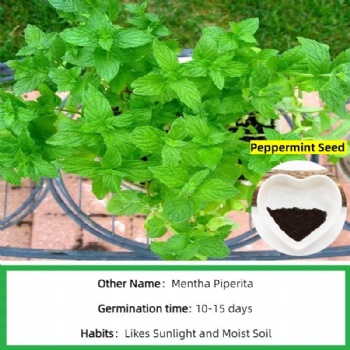
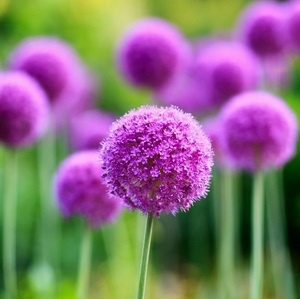
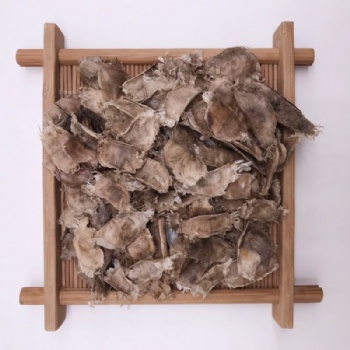
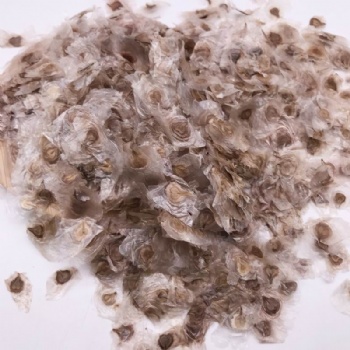
 售前客服
售前客服
